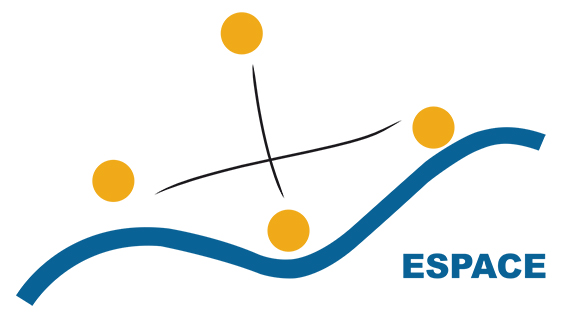Development of new indexes of the 'Generic City' in the Baltic coastal city network
Résumé
The concept of 'Generic City' is used in space syntax to model the levels of functioning of cities -interactions, flows, impacts of spatial, urban, and territorial structures and organisations. The traditionally associated indexes of 'Choice' and 'Integration' provide additional possibilities for comparison and classification of urban structures in a context where public policymaking requires more knowledge about cities in terms of connectivity, centrality, accessibility, etc. In this article, we extend the application of the 'Generic City' concept, originally designed for cities, to the coastal regions of the Baltic countries -Estonia, Latvia, and Lithuania. New indexes are being experimented to highlight 'foreground' and 'background' networks and better reflect the local peculiarities of Baltic urban structures, whose evolution is dependent on political and economic factors of the last decades. Their robustness is tested by Spearman and Pearson's correlations with human activity data. The results show that for a limited radius of 1 km, the 'Betweenness' and 'Length' indexes perform best in describing the 'background' network. For an unlimited radius, the correlations with the 'Network Quantity Penalized by Distance' index are robust to validate the 'foreground' network model. The results highlight the need to normalise the indexes to compare networks of different sizes.
Fichier principal
 Gloaguen_Zaleckis_Gadal_2023_ISUF-Proceedings.pdf (1.34 Mo)
Télécharger le fichier
Gloaguen_Zaleckis_Gadal_2023_ISUF-Proceedings.pdf (1.34 Mo)
Télécharger le fichier
| Origine | Fichiers éditeurs autorisés sur une archive ouverte |
|---|---|
| licence |



